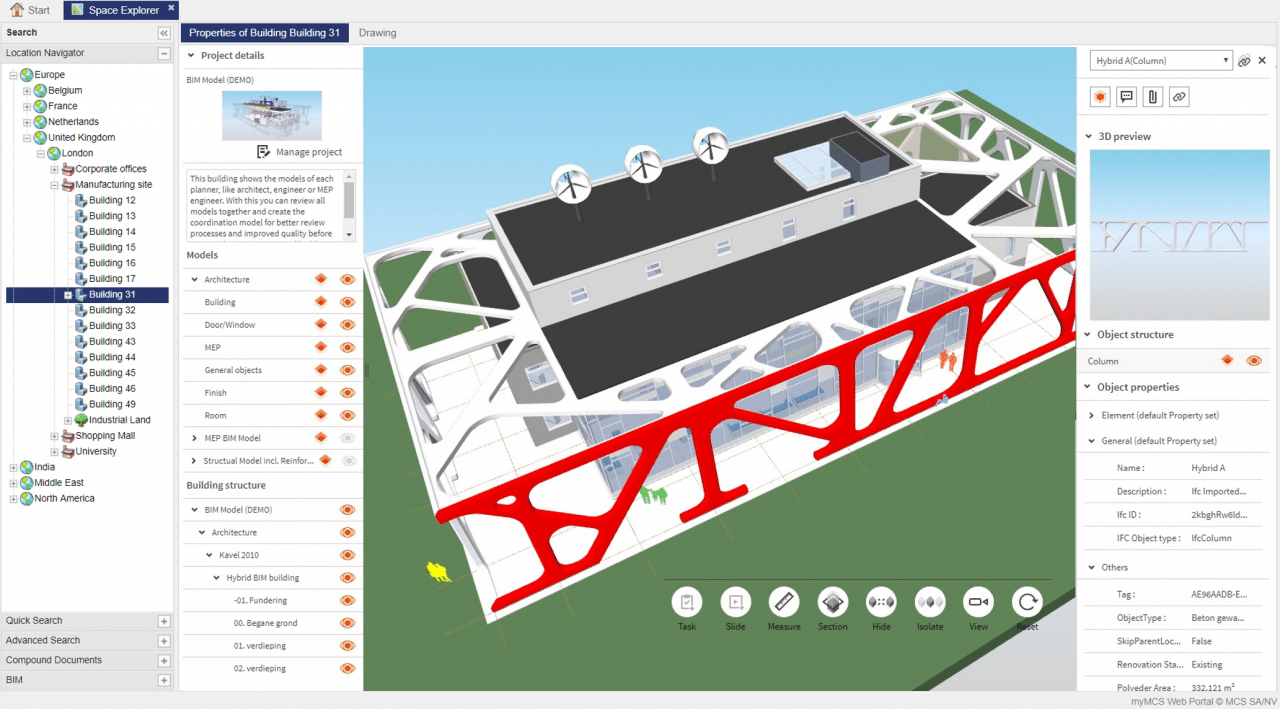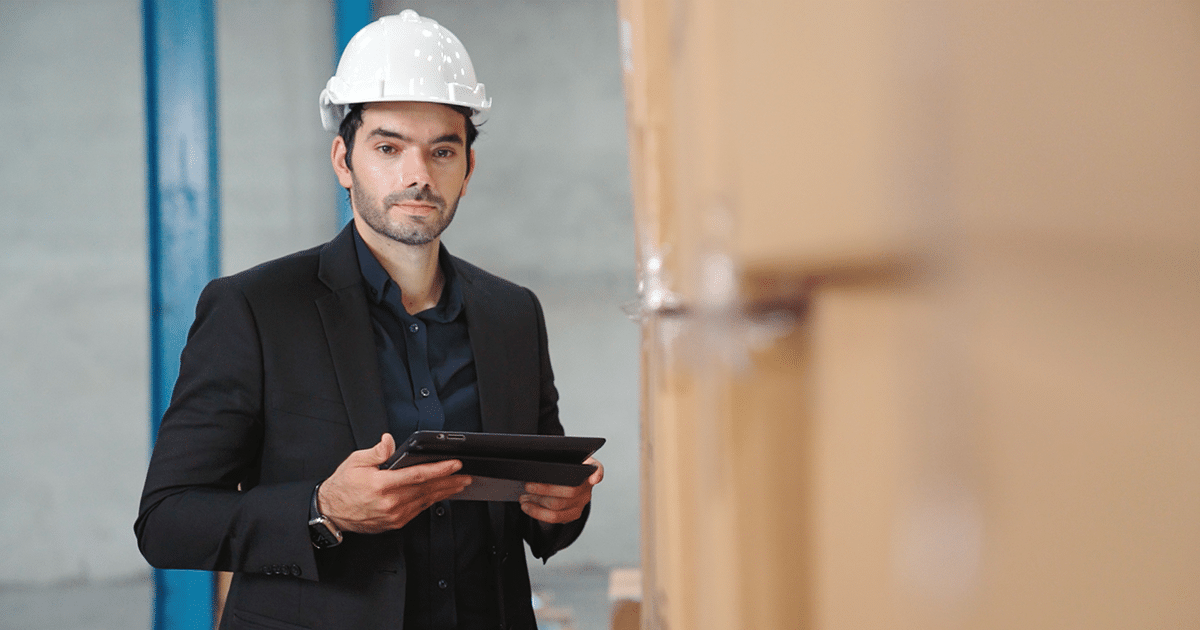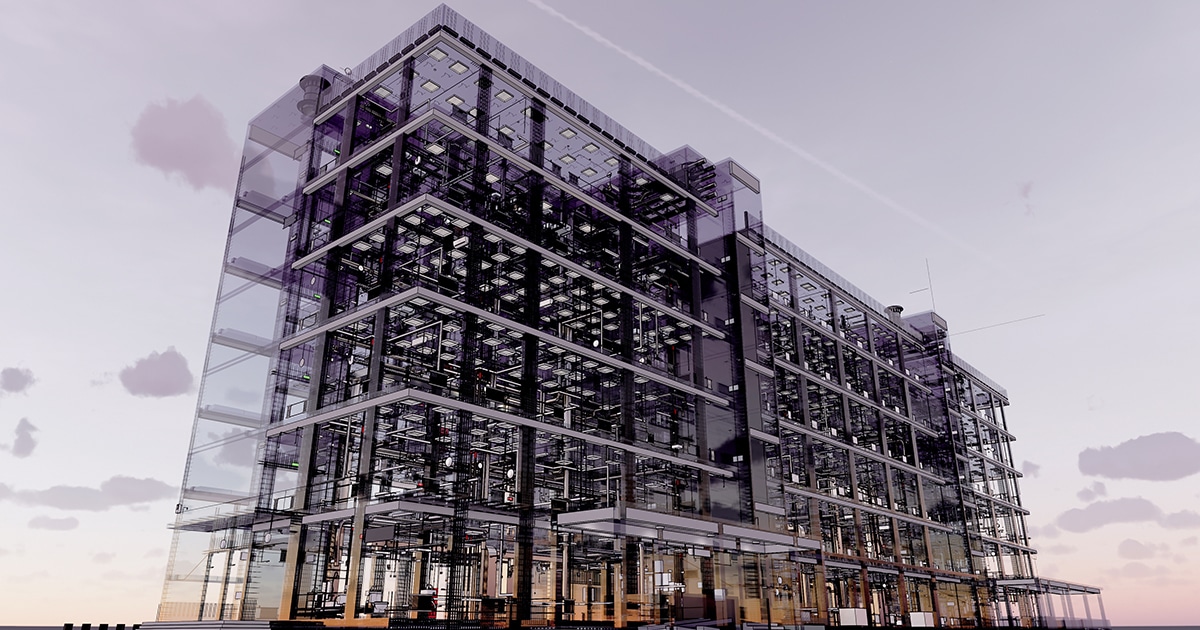There are several benefits to using integrated software for managing building maintenance. It makes the work of maintenance technicians easier and more efficient and meets the present and future challenges that real estate and facility management professionals are facing.
You will find here a presentation of CMMS for buildings and the various advantages of maintenance management software for improving the uptime of equipment and for reducing the costs related to maintenance.
What is CMMS building maintenance software?
CMMS, or Computerized Maintenance Management System, is a method for managing the maintenance operations of a building using maintenance software. Also known as CMMS software or simply CMMS, this IT solution facilitates the daily work of maintenance teams, simplifies company management, and makes decision-making more informed.
How does CMMS building maintenance software work?
The implementation of a digital tool to manage the maintenance of a building makes it possible to replace the paper forms and the familiar wall schedule for teams with a solution that is more accessible and user-friendly.
Each piece of equipment has a corresponding record, to which service requests and maintenance reports are linked. This information is then accessible from a computer, tablet, or smartphone, and can be analyzed for process optimization.
Read also: What are the key advantages of a mobile CMMS solution for your organization?
Who is CMMS for?
CMMS software for building maintenance can address different actors of the sector, such as:
- Companies that have their own technical services to manage the maintenance of their buildings
- Construction companies that have a contract with a maintenance company for their end customer
- Facility management companies that manage the maintenance of their clients’ buildings
- Companies for building operations that subcontract the maintenance of the buildings they manage, and must report on their contractual commitments.
The advantages of CMMS for building maintenance
Building maintenance management software offers innovative features that make maintenance easier and more efficient.
One single portal
CMMS for building maintenance allows you to centralize all the information in the same tool, in order to facilitate communication between all participants.
Management of all your maintenance activities
All maintenance interventions – whether corrective, preventive, or predictive – on all types of equipment, can be managed in a CMMS.
For predictive maintenance, the dashboard allows you to access essential data easily. You can also be notified of potential breakdowns, and requests for intervention are automatically triggered if necessary.
Mobile application
By choosing a solution that offers a mobile application, you can facilitate the work of technicians by offering them flexibility, responsiveness, and immediate access to all the documentation needed for interventions.
Complete facility inventory
Maintenance management software provides a complete inventory of the facilities, equipment, sites, and contractors that are involved in the building maintenance ecosystem.
Steering performance
Thanks to CMMS for building management, you benefit from a wide range of performance indicators on availability, quality, team reactivity, etc. Decision-making is made easier and more efficient, which in turn enhances the performance of the equipment to be maintained.
Meet the challenges of real estate and facility management with integrated CMMS building maintenance software
Integrated maintenance management software enables you to efficiently address the many economic, regulatory, and energy-related requirements of the facility management and real estate industries.
Meet the standards
There are numerous regulatory standards that apply to the operation of buildings, particularly for public access buildings. They aim to ensure the safety of people, guarantee health security, and avoid accidents.
These standards apply in particular to:
- building design
- alarm devices
- space planning
- lighting
- air quality
- fire prevention.
Compliance with these standards involves, among other things, keeping a safety logbook, complying with fire standards, and implementing air quality measurement devices. All of these actions can be managed and controlled in CMMS for buildings.
Optimizing building utilization
Optimizing the utilization of a building consists of maintaining it in operational condition in order to provide the planned services to the occupants without interruption. This includes heating and cooling systems, elevators, power supply, and security systems.
The main objective of the optimization is to improve the uptime of the equipment, its reliability, and the lifetime of the installations.
By using integrated maintenance software, you can have both a global and detailed vision of the building’s condition and equipment in order to optimize its operation.

Developing smart buildings
Moreover, this type of solution allows for the use of new technologies in connected or smart buildings, such as IoT (Internet of Things) or BIM (Building Information Modeling), to optimize energy use, improve user comfort and reduce operating costs.
Thanks to the new digital tools that are centralized in CMMS, it is possible to identify the maintenance needs of a building in advance. Through sensors, for example, it can automatically transmit maintenance requests.
Read also: What is a smart building?
Addressing the challenges of sustainable development
The objectives of sustainable development have nowadays major implications for building management. In particular, they are reflected in the need to reduce energy consumption.
An essential step to reduce this consumption and to respect the objectives set by the operators or owners of the buildings is the implementation of CMMS software.
The importance of an integrated solution to manage building maintenance has become immense. By choosing Spacewell’s CMMS software, you will be able to optimize the use and operation of the buildings you are in charge of, and you will give yourself the means to meet current and future challenges.








